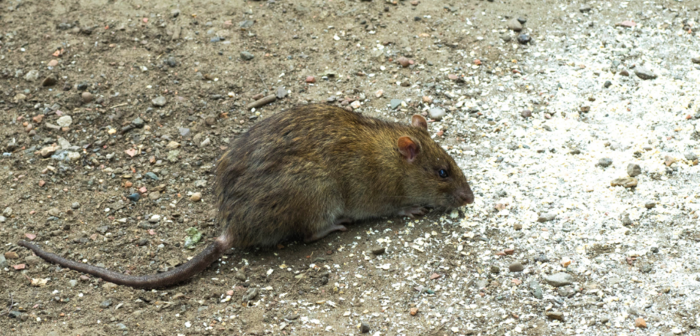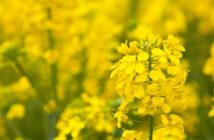Rodents are out in force again this year and with nationwide straw shortages, farmers are being urged to protect already scarce straw stocks, so they last the winter.
Ken Black, national account manager at Bayer, says the poor 2020 harvest means there needs to be a pro-active approach to protecting straw bales from rodents that are now seeking cover, harbourage and winter feed.
“According to AHDB, straw prices are up by over 40% on this time last year, that reflects the limited availability.
“Thorough rodent control is going to be especially vital this winter,” says Ken.
How to tackle rodents this winter
He points to a three-point plan to keep rodents out of the straw shed this winter.
“Firstly, producers should ensure the area around the shed is free from debris and undergrowth, as rodents may be sheltering there.
“Secondly, monitor for activity to provide the evidence that rodents are active and if they are, pinpoint the areas of high activity.
“Farmers can visually monitor for signs of activity by checking for droppings, footprints and chewed bales or string or they can place perimeter bait boxes around the shed with grain in, to monitor for signs of rodent feeding activity,” he says.
The final course of action is to look to rodenticides. “Remember, that anyone purchasing and applying these treatments must have appropriate qualifications and adhere to CRRU guidelines, which is also now a requirement of farm assurance.
“When it comes to selecting the appropriate rodenticide, the same active ingredient can be found in several different formulations, for example, in blocks or grain, like Rodilon®.
“The selected formulation should aim to give the best chance of bait uptake. Typically for a farm environment a combination of blocks and grain baits offers the most successful control,” adds Ken.
“Blocks can be fastened in place and therefore minimise the risk of contamination, but they’re not necessarily as palatable as a soft block or paste. Grain baits are however usually a popular choice in the farm environment as it’s often similar to the food source on the farm. However, the decision about formulation selection comes back to your knowledge of the particular site.”
Ken adds that rodenticide resistance is also a growing problem, with many parts of the UK having widespread resistance to the actives bromodialone and difenacoumn.
“Rodent populations are high again this year and with straw a very valuable asset this winter, it’s important producers take an integrated approach by physically clearing the at-risk areas, by monitoring populations and applying rodenticides where appropriate.”
[Box-out] Here is Ken’s three-point plan to keep rodents at bay this winter:
- Ensure the at-risk areas are free from debris and undergrowth
- Monitor rodent populations
- Use rodenticides if appropriate to get populations under control





